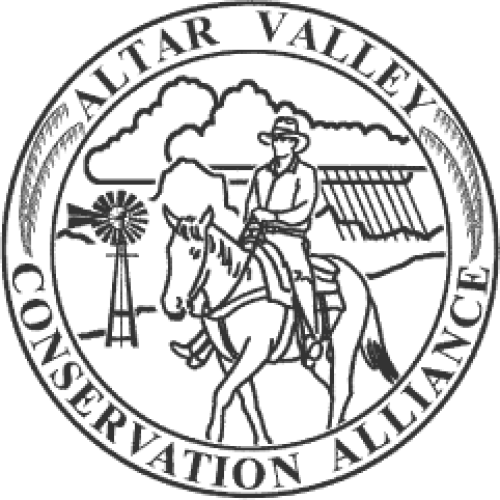ABSTRACT-The ferruginous pygmy-owl(Glaucidium brasilianum) has a wide geographic range centered on the Neotropics. At the northern edge of its distribution, the cactus ferruginous pygmy-owl (G . b. cactorum) reaches Texas and Arizona. However, in both states it has experienced important range and population declines. In Arizona in particular, the owl was originally described as common along several rivers and streams. There were many specimens collected and the subspecies was often mentioned in ornithological publications. Today, the cactus ferruginous pygmy-owl is found in low numbers in Arizona, and since 1997, it has been federally listed as endangered in that state. Determining when and why this owl began to decline sharply in numbers and range in Arizona has proven difficult. In retrospect, inadequate information apparently led to a lapse of several decades between the actual change in the population status and its recognition by ornithologists. Here we examine the most complete list of cactus ferruginous pygmy-owl records to date, including unpublished specimen collection records. Collectively, these records strongly suggest that a severe downward population trend began as early as the 1920s, not the 1950s, as is commonly reported in the literature. Using our revised time frame and the history of the cactus ferruginous pygmy-owl in Texas, we also examine possible reasons for the occurrence of the decline. The best information available might indicate a combination of biogeographic and human-related factors. [AUTHOR ABSTRACT]

Reports and other documents about Sonoran Desert ecology, management, and conservation. Curated by the not-for-profit Altar Valley Conservation Alliance (AVCA) located outside Tucson, AZ.